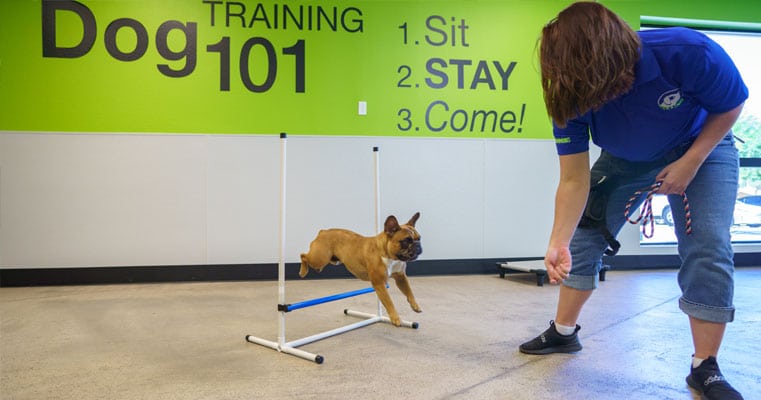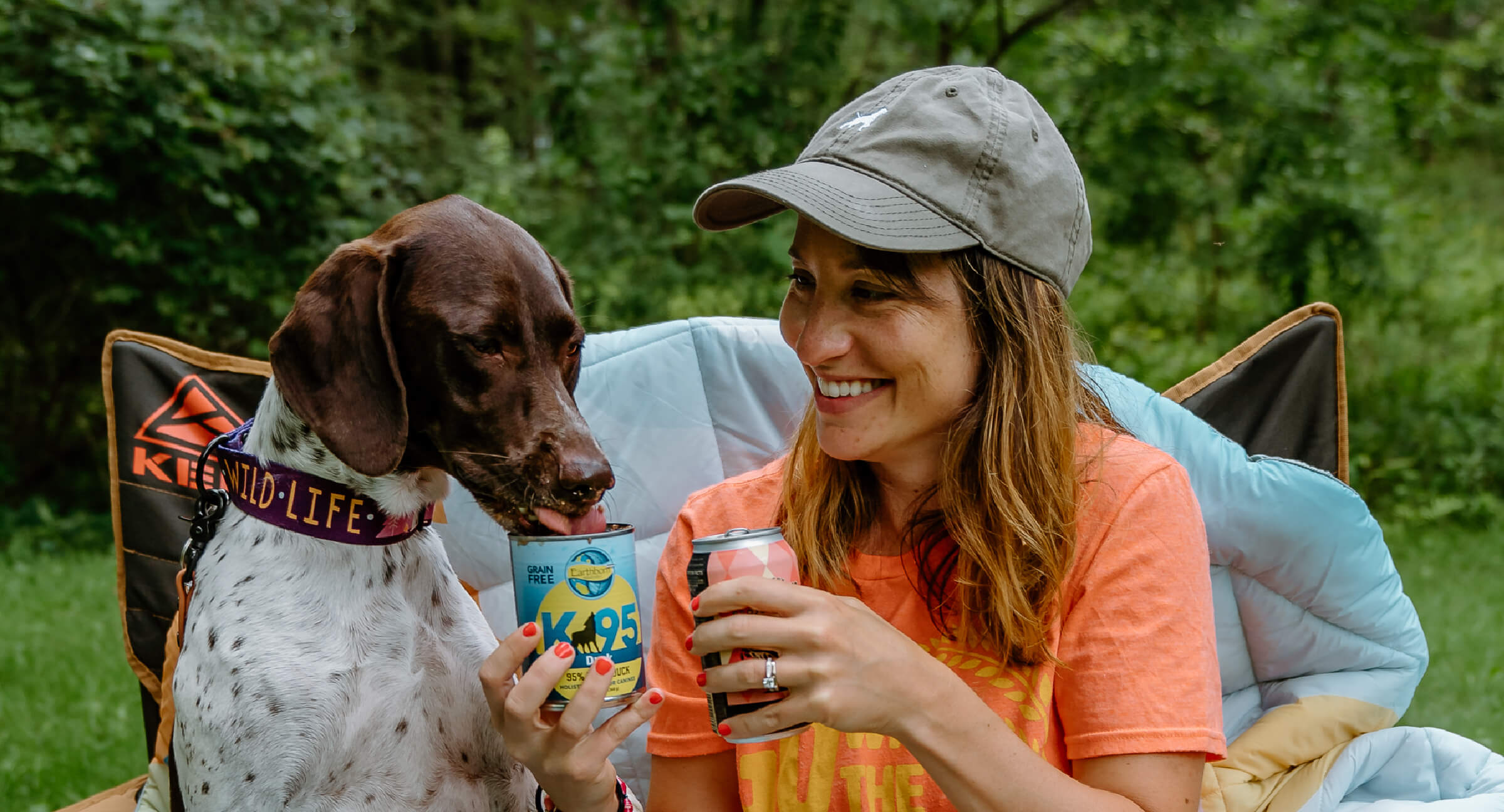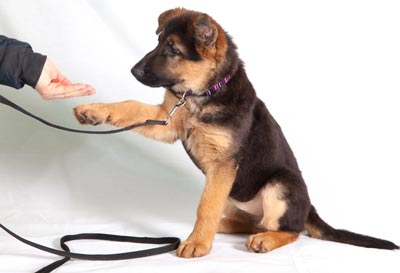How to Master Dog Training and Build a Stronger Bond with Your Pup
How to Master Dog Training and Build a Stronger Bond with Your Pup
Blog Article
Leading Pet Dog Educating Methods Every Proprietor Must Know

Favorable Support Strategies
Making use of positive support techniques is crucial for efficient dog training, as it promotes a relying on bond in between the pet and the trainer. This approach focuses on fulfilling preferable behaviors instead than punishing undesirable ones, producing an environment favorable to learning. Incentives can consist of treats, appreciation, or play, which motivate pet dogs to duplicate the habits that earn them these benefits.

Furthermore, this approach improves the pet dog's excitement for training sessions. They are a lot more engaged and receptive when pets associate training with favorable experiences. Dog training. Past prompt behavior adjustment, favorable support encourages a collaborative connection in between the dog and trainer, reducing anxiousness and concern
To maximize effectiveness, it is essential to deliver rewards quickly, making sure the pet connects the actions with the reinforcement. Basically, positive reinforcement methods not just produce better-trained dogs but additionally advertise an unified collaboration between canine and owner.
Clicker Training Technique
The clicker training approach is a very reliable method that builds on the concepts of positive support by including an unique audio to mark desired habits. This approach utilizes a little portable tool that produces a clicking sound, enabling instructors to communicate with their canines in a clear and prompt manner. When a canine performs a behavior that the owner wants to urge, the remote control is activated, followed by a benefit, commonly in the form of treats or praise.
The trick to successful remote control training hinges on consistency and timing. It is crucial to click at the exact moment the desired behavior happens, making sure that the pet links the sound with the activity and the subsequent reward. This approach not only improves interaction but additionally promotes a stronger bond in between the proprietor and the dog, as it encourages involvement and communication throughout training sessions.
Remote control training can be related to a selection of behaviors and commands, from fundamental obedience to extra complicated techniques. Its adaptability and efficiency make it a preferred method amongst specialist trainers and animal owners alike, paving the method for a well-trained and receptive canine friend.
Leash Training Basics
Effective chain training is vital for ensuring a pleasurable and risk-free strolling experience for both canines and their proprietors. A level collar might work for some dogs, while others might profit from a harness that lowers pulling.
Introduce your canine to the chain progressively, enabling them to explore it in a comfy environment. Technique loose-leash walking once they are accustomed. This entails rewarding your pet for walking close to you rather than pulling in advance. Use deals with and this praise to strengthen wanted habits, and make sure to continue to be tranquil and assertive.
If your dog starts to pull, stop walking quickly. Wait till they return to your side prior to resuming. This teaches them that drawing does not bring about progress. Furthermore, method various strolling settings to help your pet adjust to interruptions.
Regular practice will solidify your pet dog's understanding of chain decorum. Bear in mind that leash training is an ongoing process; persistence and consistency will produce the very best outcomes, cultivating a favorable experience for both you and your canine friend.
Socializing Strategies
Socialization is an important element of dog training that should ideally begin during puppyhood but can be beneficial at any type of age. Effective socialization helps canines create confidence and lowers the likelihood of behavior problems. To implement effective socialization methods, expose your pet dog to a variety of atmospheres, individuals, and other pets.
Start with regulated setups, such as puppy courses or organized playgroups, where young pets can connect securely. Progressively introduce your pet to brand-new experiences, including different sounds, surface areas, and tasks. Ensure these experiences are positive and fulfilling to develop a complacency.
For grown-up canines or those doing not have direct exposure, begin with low-stress scenarios. Short, positive interactions with tranquil dogs and pleasant humans can develop positive organizations. Make use of treats and appreciation to strengthen desirable actions during these experiences.

Consistency and Patience
Identifying the value of consistency and patience in pet training is important for accomplishing long lasting outcomes. Inconsistent training can lead to confusion, making it hard for the dog internet to understand actions or commands, ultimately impeding development.
Pet dogs, like human beings, find out at their very own pace. This promotes a relying on connection between the pet dog and proprietor, encouraging a much more eager and enthusiastic learner.
To Learn More Here cultivate uniformity and perseverance, develop a normal training regular, make use of the very same commands, and make certain that all member of the family use the very same training concepts - Dog training. By doing so, you produce a steady atmosphere favorable to learning, allowing your dog to grow and create into a well-behaved companion
Verdict
Finally, reliable dog training techniques, such as positive reinforcement, clicker training, and correct chain training, are essential for cultivating a healthy and balanced owner-dog connection. In addition, carrying out socialization methods and preserving uniformity and persistence throughout the training procedure adds significantly to a dog's general health. By incorporating these techniques, pet dog owners can promote the advancement of well-adjusted, obedient family pets, eventually enhancing the top quality of life for both the canine and the proprietor.
Amongst the most popular approaches are favorable reinforcement, remote control training, and leash training, each offering special benefits that add to a well-behaved pet. As we check out these basic methods, it becomes apparent that understanding their nuances can significantly influence the training experience and the pet's general behavior.Utilizing favorable support methods is essential for efficient pet training, as it promotes a relying on bond between the fitness instructor and the dog.In conclusion, efficient pet dog training techniques, such as positive reinforcement, remote control training, and proper leash training, are crucial for fostering a healthy owner-dog partnership. By integrating these techniques, pet proprietors can facilitate the growth of well-adjusted, obedient pet dogs, ultimately boosting the high quality of life for both the owner and the pet dog.
Report this page